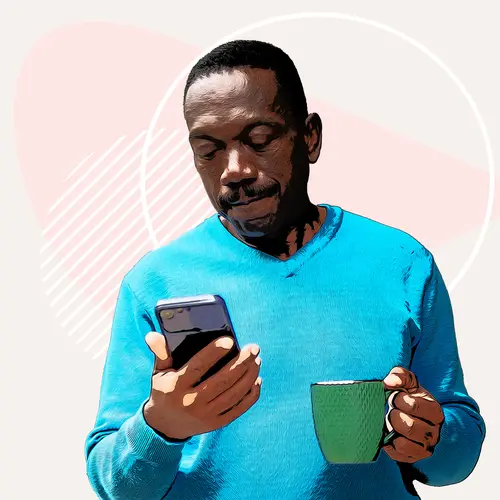Retrocalcaneal bursitis is a condition that affects the bursae of your heels.
When these bursae — fluid-filled sacs present around the joints — become inflamed, the resulting condition is called retrocalcaneal bursitis. The bursae affected in retrocalcaneal bursitis are behind the Achilles tendon, where it joins with the heel bone.
The condition could arise due to running, jumping, walking, or putting extra pressure on the feet. Though it's common in ballet dancers and runners, it can affect anyone.
What Causes Retrocalcaneal Bursitis?
Overuse of the heel during physical activities like running is the most common cause of this condition. If you’ve not warmed up sufficiently before working out or playing a sport, the sudden stress on your heel can also cause retrocalcaneal bursitis.
Similarly, exercising in improper or poorly fitting shoes can also inflame the bursa. People who already have retrocalcaneal bursitis will see worsened symptoms if they continue to wear heels or ill-fitted shoes for a prolonged period.
Although rare, retrocalcaneal bursitis may also be caused by an infection. You have a chance of getting retrocalcaneal bursitis if you are over age 65, play sports, have tight muscles, or don't warm up and stretch properly before playing a sport or exercising.
Retrocalcaneal bursitis is quite common — especially in athletes. Heel bursitis may also affect you if you have the following disorders:
- Psoriatic arthritis
- Reactive arthritis
- Pseudogout
- Gout
What Are the Symptoms of Retrocalcaneal Bursitis?
The primary symptom is bursa pain in the heel. However, you may only feel pain or throbbing sensation when you put pressure on the foot. Some other symptoms of retrocalcaneal bursitis are:
- Stiffness in the foot
- Loss of movement
- Cracking sound when you flex your foot
- Shoes feeling uncomfortable
- Pain in the calf muscles during walking or running
- Swelling of the heel
- Redness on the skin surrounding the heel
Can Retrocalcaneal Bursitis Get Infected?
In rare cases, Staphylococcus — a type of bacteria — might enter your body if there's a cut in the foot. It can then cause bacterial retrocalcaneal bursitis.
To prevent retrocalcaneal bursitis, clean open wounds on feet with soap and water. Apply petroleum jelly on the wound with a cotton swab. Cover it up with a bandage to prevent the entry of bacteria or any other germ into your foot.
How Is Retrocalcaneal Bursitis Diagnosed?
Your doctor will do a physical examination of your foot to look for signs of tenderness, swelling, and redness. They’ll ask questions about how long you stand, the kind of exercises you do, the shoes you wear, and whether you’ve had retrocalcaneal bursitis before. They may also ask you to walk around and check your foot's range of motion. You may be asked to flex your feet or stand on your toes.
If your doctor thinks you might have a bacterial infection, they will check your temperature and ask about other symptoms, like chills. They’ll then use a syringe to remove some fluid from your bursa and send it further for lab analysis.
Depending on your condition, your doctor may also recommend imaging an X-ray of your heel bone to check for signs of abnormalities.
What Is the Treatment for Retrocalcaneal Bursitis?
If your heel pain is caused by physical overuse, your doctor may recommend that you use shoe inserts that cushion the heel.
You may be advised to go for physical therapy.
Medication. If the pain and inflammation are severe, your doctor will prescribe corticosteroids. These medications are injected into your heel and reduce inflammation.
Surgery. In rare cases, surgery may be needed.
If the pain does not go away in a year, a foot and ankle surgeon may surgically remove the bursa in a process called a bursectomy.
Antibiotics. If your retrocalcaneal bursitis is caused by a bacterial infection, the doctor will prescribe antibiotics.
Other Tips to Relieve the Pain from Retrocalcaneal Bursitis
- Don't wear heels if you have retrocalcaneal bursitis. They’ll only put more pressure on the heel, making the pain worse.
- Don't use your foot too much. It’ll increase the bursa pain and may worsen inflammation.
- Put an ice pack covered in a washcloth or towel on your heel for 20 minutes up to three times a day.
If the pain does not go away, tell your doctor.

